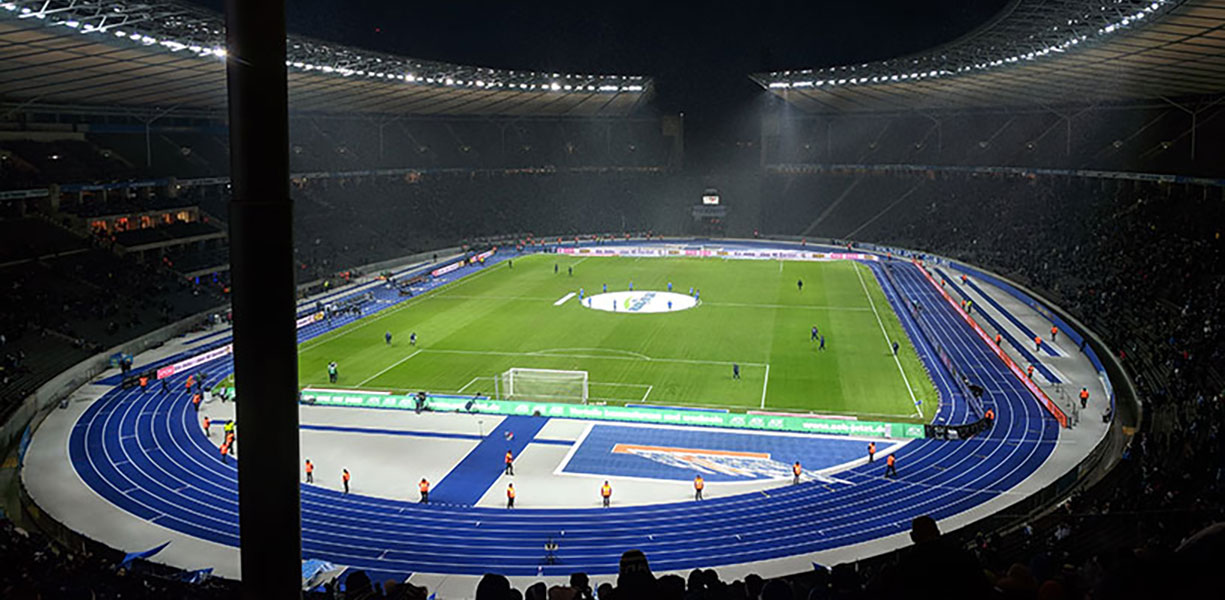Sports Arbitration – What, Why, How
Sports Arbitration – What, Why, How?
The AKT Blog has previously dealt with different arbitration, including particular sports arbitration mechanisms (see https://www.akt.rs/en/publication/proceedings-before-basketball-arbitration-tribunal–bat-). But it is also worth taking a step back and discussing some of the fundamentals of this subfield, namely why it exists and how it aims to fulfil some of the goals that are specific to disputes arising in the world of sport.
Put simply, sports arbitration aims to bring a level playing field to disputes between (usually) individual athletes and their clubs, managing agencies, or national organizations. As the world of sport is famously multi-national, there can exist a complex mixture of nationalities and jurisdictions involved, making dispute resolution potentially complex, slow and/or costly. This last point is of special importance – although quick and cheap settlement of disputes is always desirable, there are additional reasons when it comes to athletes and sports competitions.
For one, speedy resolution of a dispute is important because it might determine whether a particular athlete will be able to compete in the first place, where, and under which conditions. It can make a difference between having a valid contract with one club or another, or being sanctioned by a particular national sports federation. As sport seasons (and even careers) are short, speed is of particular importance. Secondly, the costs element should not be ignored. Although many athletes, clubs and organisations are famously rich, the vast majority is not – and costs of protracted litigation before national courts can be unbearable for many parties.
With this in mind, and using Court of Arbitration for Sports (CAS) (https://www.tas-cas.org/en/index.html) and Basketball Arbitration Tribunal (BAT) (https://www.fiba.basketball/bat) as illustrative examples, it is possible to highlight some key ways in which sports arbitration seeks to achieve efficiency in terms of speed and costs. Of course, a challenge always remains to make sure to balance the procedural, due process rights of those involved with the need for quick and affordable justice.
When it comes to speed, the straightforward way of achieving it is to prescribe reasonably short deadlines for procedural steps. For example, a CAS arbitral award in appeal proceedings should usually be rendered within 3 months from the transfer of the file to the arbitral panel (Rule 59(5) of the CAS Code), or in case of BAT the arbitrator should endeavour to render the award six weeks after the closure of proceedings or final payment of advance on costs (Art. 16(3) BAT Rules). Similar effect is achieved by limiting the submissions by the parties to usually one round each in BAT arbitrations (BAT Rules Preamble 0.2).
But there are other, less direct ways which contribute to efficiency of proceedings. Closed lists of arbitrators at both CAS and BAT limit party autonomy, but promote specialization by arbitrators who are then able to proceed more efficiently, as well as limiting the potential lengthy appointment disputes. Another issue which can complicate and lengthen arbitral proceedings is the determination and then interpretation of applicable law on the merits. In case of CAS, this is somewhat rectified by default choice of Swiss law if the parties did not agree otherwise (Rule 45 of the CAS Code). In case of BAT, the solution goes even further – default decision making is to be ex aequo et bono (Art. 15(1) BAT Rules) therefore dispensing with intricacies of national laws altogether.
Increasing efficiency is also correlated with lowering cost. In addition to lower costs that arise from time savings, there is also an intentional effort to keep the fees of both institutions low, or at least significantly lower than with other providers. In case of BAT, depending on the value of the dispute, the handling fees are from EUR1500 to maximum of EUR7000 per party, which is indeed a small sum when compared to the likes of the ICC Court of Arbitration.
Although there have been recent criticisms, in particular regarding CAS, that rendering of awards has become slower as the number of cases drastically rose, it is still the case that these two leading sports arbitration institutions offer an effective way for athletes, clubs and organizations to manage their disputes. Although still requiring arbitration expertise from their representatives, CAS and BAT are considerably different animals than complex national litigations or proceedings before other commercial arbitration centres.
Velimir Zivkovic

